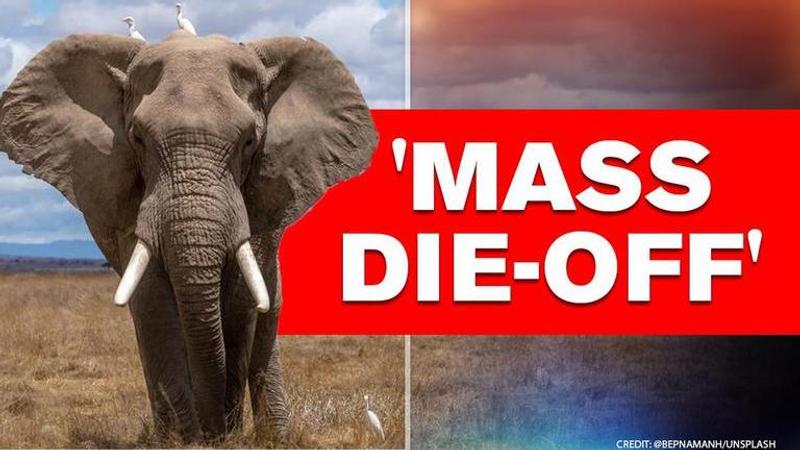Published 08:53 IST, July 2nd 2020
Botswana: Hundreds of elephants drop dead, scientists call it ‘conservation disaster’
More than 350 elephants have died in mysterious mass 'die-off' clustered around waterholes in Botswana. Scientists have described it as 'conservation disaster'

In a mysterious occurrence, more than 350 elephants have died in Botswana. According to reports, scientists have called the multiple deaths a ‘conservation disaster’. The first cluster of elephant deaths was reported back in May. Around 165 carcasses of elephants were found that had mysteriously died in May.
Mysterious 'mass-deaths'
As per reports, the elephant deaths suddenly increased and by mid-June the number of elephant deaths had doubled. Researchers have determined that a majority of the deaths occurred near waterholes. Speaking to international media, Dr Niall McCann, the director of conservation at UK-based charity National Park Rescue, said that the sheer scale of the mass die-off is unheard of for a very long time. He further added that outside of drought, a die-off like this one has not been so significant.
According to reports, the Botswana government has revealed that they have not yet tested the samples from the waterholes and therefore, there is no clear indication to what led to the sudden mass die-off. Local witnesses have reportedly claimed to have seen elephants walking around in circles before their deaths; according to scientists, this behaviour is an indication of neurological impairment.
McCann said that by looking at the carcasses, one can say that some of them have fallen straight on their faces indicating they died very quickly, while others died more slowly. Thus, it’s difficult to decipher what this toxin is, observed McCann.
Officials and experts believe that the actual number of dead elephants may be higher because carcasses are difficult to spot. The sightings of weak and confused elephants indicate that more will die in the coming weeks.
Meanwhile, some officials have reportedly indicated that the deaths could have been caused by cyanide poisoning that is usually used by poachers in Zimbabwe. Reportedly, fewer vultures were spotted on carcasses, but none showed signs of abnormal behaviour.
Updated 17:02 IST, July 2nd 2020




